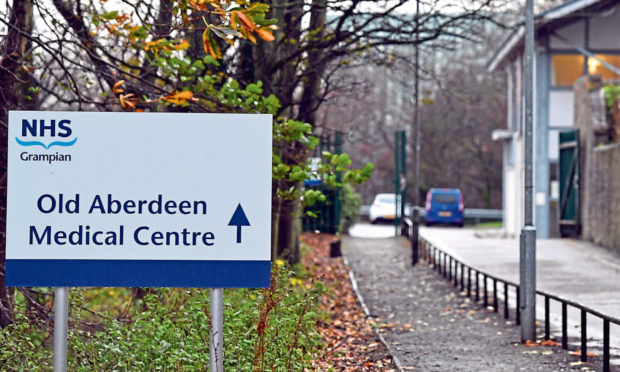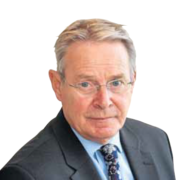I was somewhat taken aback when a doctor casually said to me: “Can you breathe OK?” It was a bit odd as I was there for something else. But it turned out to be a classic case of a doctor discovering something lurking in the background.
The nose problem I arrived with was fixed with minor surgery but, as they stumbled further up my hooter, they discovered something called a deviated septum. This thin cartilage running inside our noses divides the nasal passages.
It should be straight, but quite commonly meanders due to birth defects, or injury, with potential breathing problems. The doctor – armed with a mini camera – said my septum swerved around some bends. For some reason, I started imagining Formula 1 race tracks. And the winding Mississippi.
“We could fix that at a later date,” the doctor suggested helpfully. I passed on that, but I still think about it.
I imagine my nose gets blocked more than it used to and occasionally, as I am about to nod off, I pray I’ll still be breathing in the morning. It’s daft, I know.
I actually had my local GP to thank for sniffing this out. He poked a torch up my nostrils while searching for the source of the Mississippi – sorry, I mean a persistent nose bleed.
The incredible thing is that I got the GP appointment at a moment’s notice, and he arranged for me to go to Aberdeen Royal Infirmary within half an hour.
I do not think this could happen now with Covid-19. In fact, I am not convinced it would even after the pandemic as our relationship with GPs goes through cataclysmic changes.
Old Aberdeen Medical Practice is not going down without a fight after health bosses announced one of those “reviews” folk suspect is cut and dried while the ink is still wet.
It is one of six remaining public-sector GP practices in Aberdeen ordered to become independent doctor-owned business partnerships.
In theory, things should stay the same for NHS patients, but doctors on the public payroll were stunned. They fear reckless upheaval and patients will suffer.
A spokesman for the joint council/health body which, incredibly, pushed this through amid a pandemic, claimed the shake-up should “enhance” patient experience. Really? I’ll believe that when I see it. And I should, as I am on the books at Old Aberdeen. Even a risk assessment by officials themselves admitted in a report that the strategy could fail.
Those fighting tooth and nail to keep things as they are might be regarded as modern Luddites. But they have something priceless which managers far removed from the public don’t – day-to-day contact with patients.
A staggering eight out of the total complement of nine doctors at Old Aberdeen have quit in protest over what they see as unnecessary meddling in a happy, efficient practice – to save money.
Some of them had links with patients going back 20 years. They treated their children, too, as time went by.
Covid-19 has forced GPs to retreat from normal consulting-room engagement with patients. But one suspects this was already becoming the “new normal” as fewer GPs and more patients put strain on practices.
Nevertheless, it is striking how Old Aberdeen – unique in looking after a huge number of transient students and permanent local residents – has maintained an effective telephone appointment service throughout the pandemic. Just the sound of a doctor’s voice can lift spirits.
I checked the website of an existing independent doctor-owned practice – where it stated that its default position going forward required patients to submit their symptoms via online messaging.
There was a video tutorial about how to take a picture of the inside of your mouth and upload it.
Could all this put some patients off seeking help or revealing hidden fears?
A senior north-east GP who taught medical students told me that face-to-face contact was the key to good practice, and possibly saving lives.
Experienced GPs can spot something else is wrong with someone sitting in front of them – or talking on the phone – before the patient even knows.
They are worth their weight in gold during GP recruitment crises, yet health bosses watched this practice disintegrate in a matter of days.
It questions the competency of the “consultation” and compels higher authority to investigate.
I fear Old Aberdeen is undergoing a surgical procedure – and its heart and soul are being ripped out.

